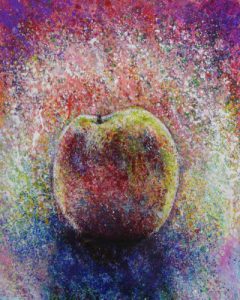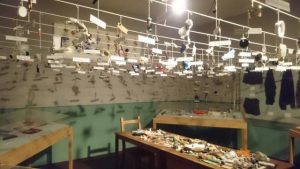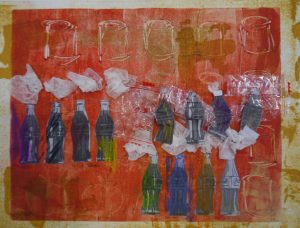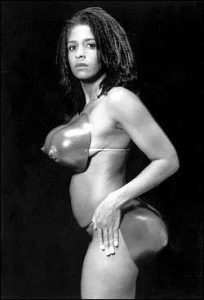For the piece I’m talking about I chose one of the pieces I have done in my self-directed study which is painted in acrylic paint. Increasing the size of this piece would help us see the details better. When put in an exhibition it would stand out more because the whole piece is very colourful, therefore catch the eye better. However, due to the impressionist qualities to the piece it would lose the tones created in the piece when bigger, unless it is in a very big space. This would be true in a public space too.
In contrast, making the piece smaller will lose details that a human eye can see and make it hard to tell that it was an apple anymore. If exhibited it would lose the intensity in the piece because such qualities like textures and detail have decreased, due to making the piece smaller. But this means it has made the piece look smoother and could be argued from the point above that it actually looks more like an apple. Furthermore, this depends upon how much the piece has been decreased in size. However, it may engage the audience more, due to need to be closer. I think the piece looks better bigger because compared to making it smaller the process shows the mark makings of the piece better. In this piece I think that showing this quality is important because it shows the process of the making the piece better. If this was smaller this would no longer be obvious. Another factor we need to take into account is if we increase the piece too much we will not maintain the resolution.
If the piece was smaller, I would have repeated it to create a series so it would stand out. If the piece was bigger, I would apply more detail using layers of paint.






